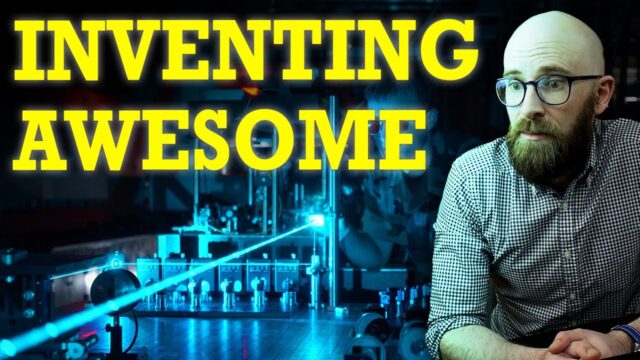“Unlocking the Light: The Genius Behind Lasers and Their Astonishing Secrets Revealed!”
Townes’ 1958 paper touched off an international race to build the first functioning laser. During their early research on the topic, Townes, Schawlow, and Gould had realized that the resonant-cavity design Townes had used in his original maser would not work for visible light. However, Schawlow proposed that the same effect could be achieved using two parallel mirrors – one semi-silvered and one fully silvered. This arrangement would cause light to bounce back and forth between the two mirrors, stimulating the release of ever more photons. Once the light was intense enough, it would push through the semi-silvered mirror, emerging as a coherent, monochromatic beam. But while this design worked in theory, there were still two major obstacles to overcome: finding a material that could exhibit stimulated emission in the visible light range, and a method for stimulating said emissions.
The first to achieve this breakthrough was Dr. Theodore H. Maiman, an engineer at the Hughes Research Laboratories in Malibu, California. Maiman had already created an ultracompact maser for the U.S. Army Signal Corps using synthetic ruby – aluminium oxide containing traces of chromium. (Incidentally, the gemstone sapphire is also a variety of aluminium oxide – or corundum in geological terms – its colour deriving from iron rather than chromium impurities). Following this success, Maiman convinced Hughes to fund further research into optical lasers to the tune of $50,000.
To build his laser, Maiman turned once again to synthetic ruby. While other researchers had dismissed this material as unusable, Maiman’s intimate familiarity with its absorption and emission properties convinced him that it would work – if only the right stimulation or “pumping” mechanism could be found. While browsing through a scientific equipment catalogue, Maiman found his answer: a powerful spiral Xenon flash lamp of the kind used by photographers. Maiman wrapped one of these lamps around a cylindrical rod of synthetic ruby, then placed a pair of mirrors – one fully-silvered, and one half-silvered – at either end, just as Arthur Schawlow had suggested. On May 16, 1960, he observed the first flashes of 695 nanometre wavelength red light streaming from the end of the ruby rod; he had created the world’s first practical laser.










